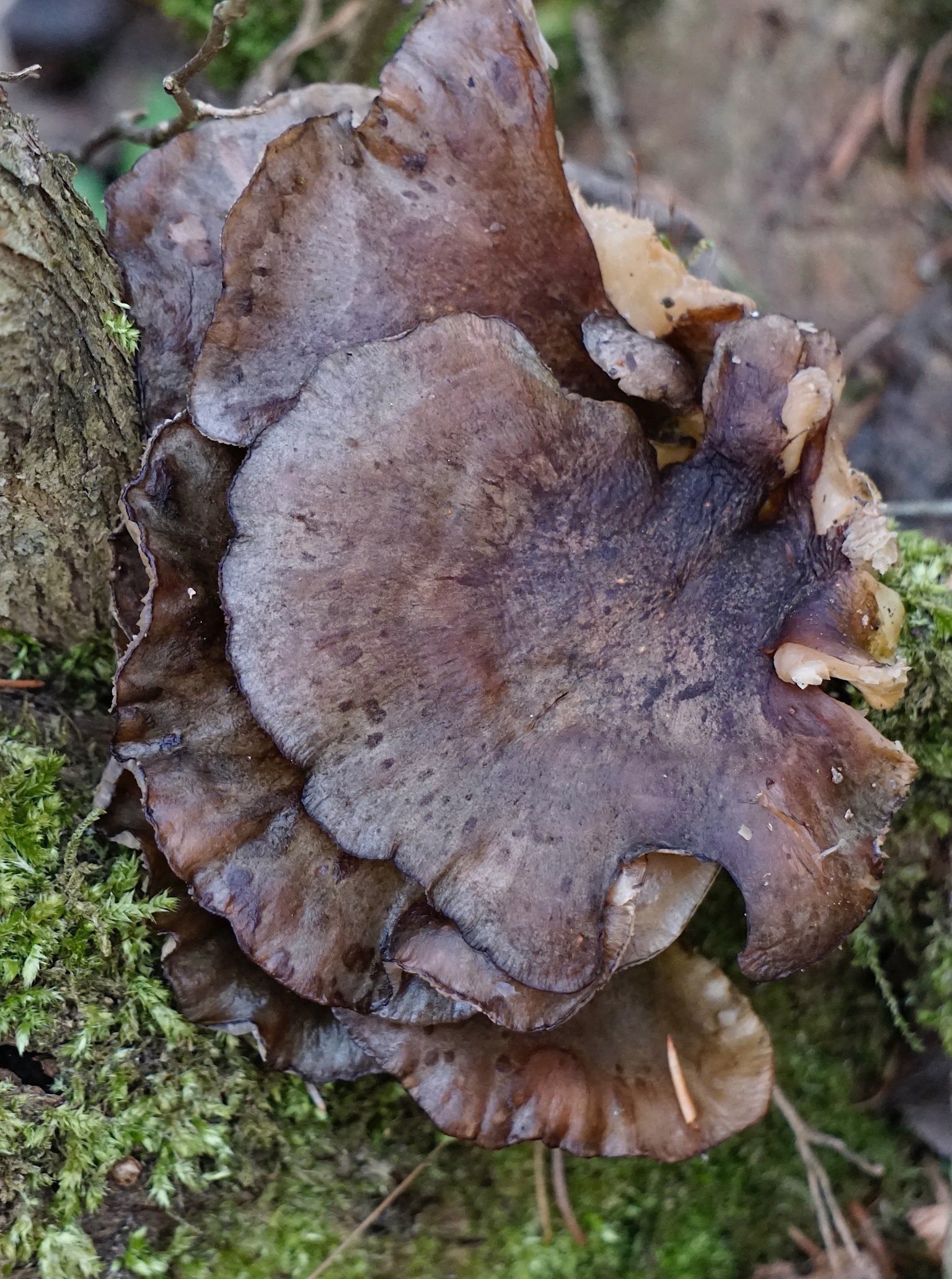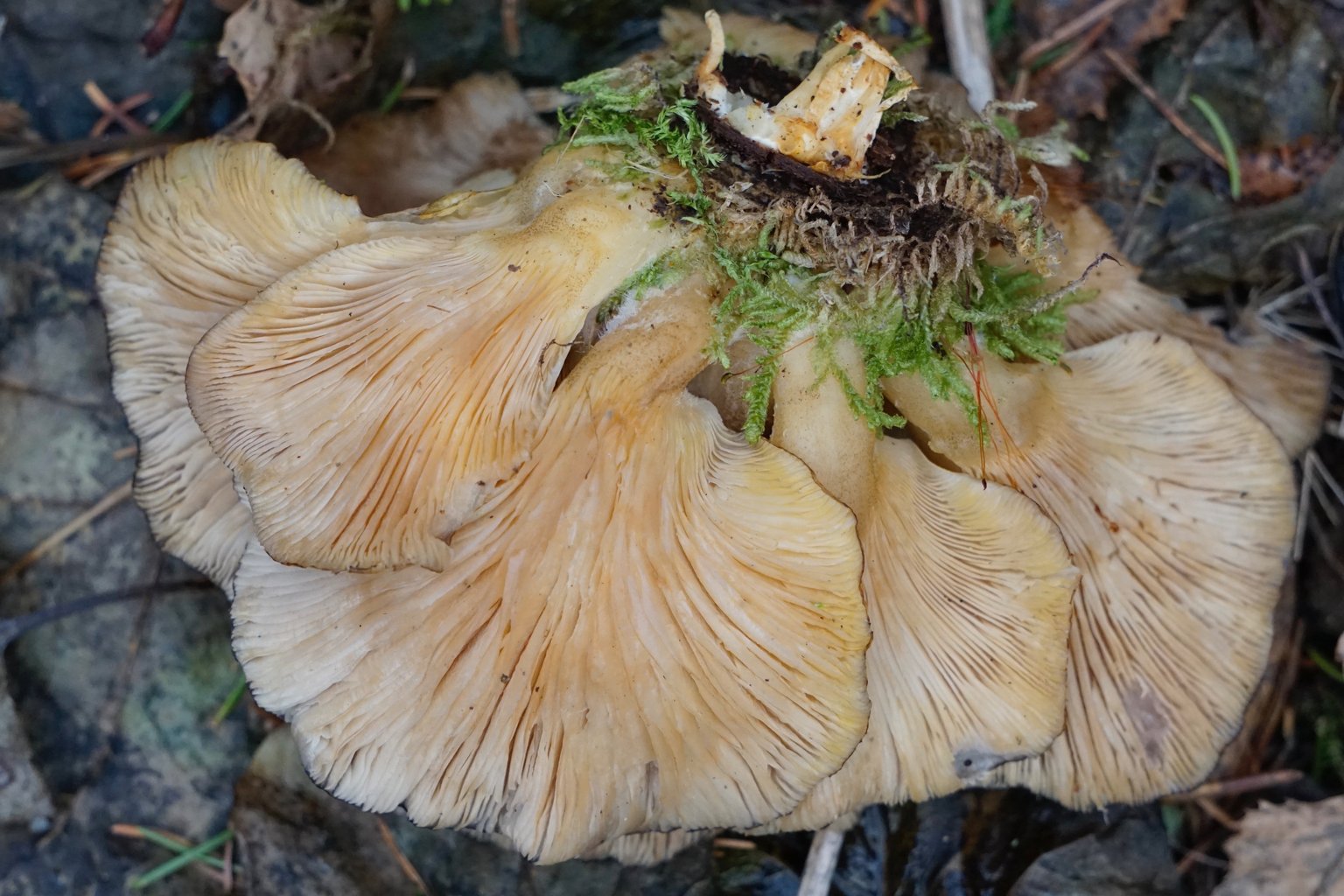Hey dear Hive friends, first of all I hope that you are all well and that you have had one that was full of positive experiences! Today I would like to bring you a mushroom a little closer and hope you can expand your knowledge a little.
Here you can see a picture of a tree fungus that appears relatively late in the year and the season is from September to about January and it is a widespread fungus which is preferably found on hardwood. The toxicity is highly controversial and generally it is considered inedible and contains some toxic active ingredients, but it also has some active ingredients that can be interesting from a medical point of view and it is suspected that it was wrongly described as toxic at the time and it is considered a misunderstanding. In the past, it has often happened that poisonous fungi or plants have later proven to be edible or vice versa and in some cases it definitely needs more research in this area and if you are not sure you should leave the fungus or ask someone for additional advice! The mushroom is mainly found in Mediterranean climates in Europe and it is usually found in shady foliage or mixed forests and grows preferably on already dead or damaged trees and the hat has a color that is somewhat similar to the shape of a shell and the colors are different and can have a light or darker appearance and change over time. The smell is rather inconspicuous and the slats are white in the early stage and change over time and take on a yellow color and by pressing the appearance also change and the slats take on a darker color, another important distinguishing feature is the brown or yellow stem which has scales on the side. As can be experienced in the pictures, the top of the hat is rather smooth often and also for the cycle of the forest it is of great importance and if you should be more interested in this topic and would like to get to know interesting facts about the ecological benefits of mushrooms, I can recommend visiting this article from me here.
Thank you very much for stopping by and I hope you could learn something new about nature! I captured these pictures with my Camera Sony Alpha 6000 plus 55-210 mm lens!

